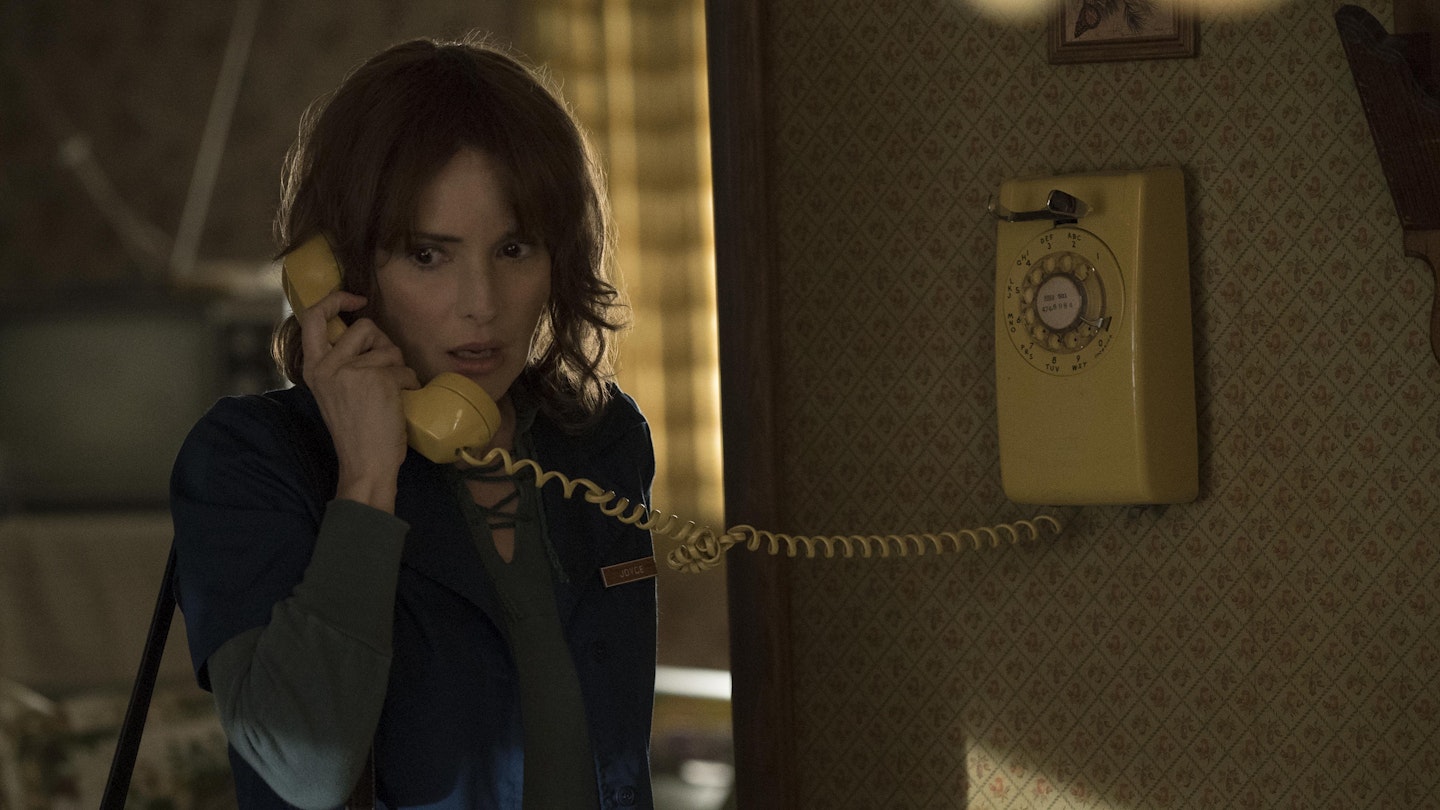Something spooky has arrived on Netflix. (No, it’s not another Adam Sandler film.) Stranger Things, an eight-episode, Amblin-inspired series from Wayward Pines alumni the Duffer Brothers stars Winona Ryder as a mother whose young son goes missing. It takes inspiration from Stephen King and Steven Spielberg, with a dash of Guillermo del Toro. Our Phil de Semlyen sat down with the show’s creators (twins, but not in the Stephen King sense) to talk scares, filming techniques, and, err, Harry Potter.
What's it all about?
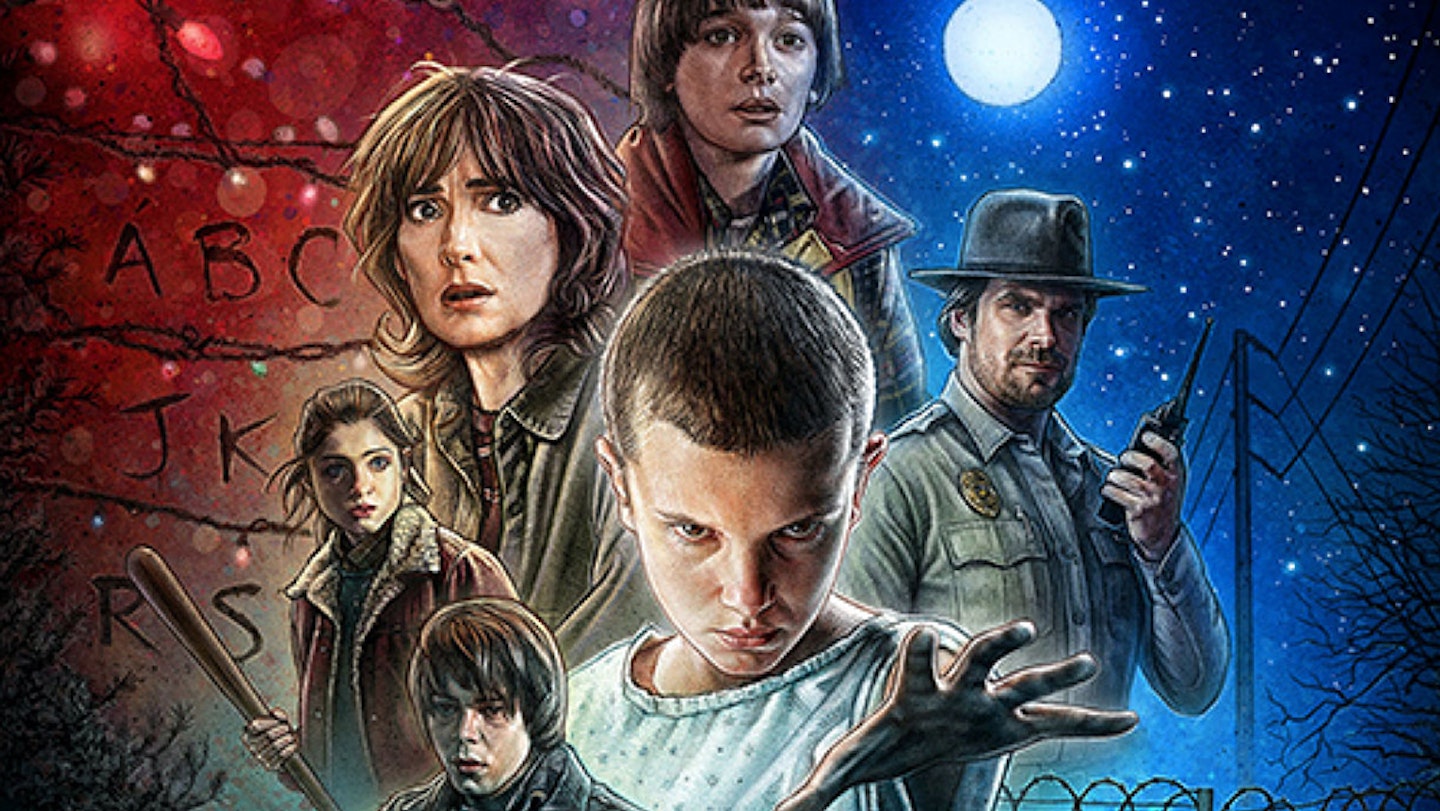
Ross: When you boil it down, it's a young boy who vanishes under mysterious circumstances and it becomes increasingly apparent that something supernatural is behind his disappearance. It's really about the different generations searching for him and trying to find him. If you were doing a movie, you would have to pick one of those stories, you could tell the mum story or you could tell the friend story or you could tell the sheriff story. And what we were excited about is that, no, we can tell all of these stories with a slightly different tone and feel to them.
Stranger Things has roots in the Duffer twins’ childhood
Ross: We came from a neighbourhood that was aesthetically very, very similar to this (in Durham, North Carolina). We hung out with a group of nerdy friends playing games. Some of [Stranger Things] came from movies that we watched that obviously we pay homage to in the show. There was this sense [if you went into the woods] that we might find a treasure map or whatever and go on this huge adventure. It's autobiographical in the sense of we wish something like this had happened and we wish we had found something in the woods. Our imagination would always take us there.
It's more Stephen King than Steven Spielberg
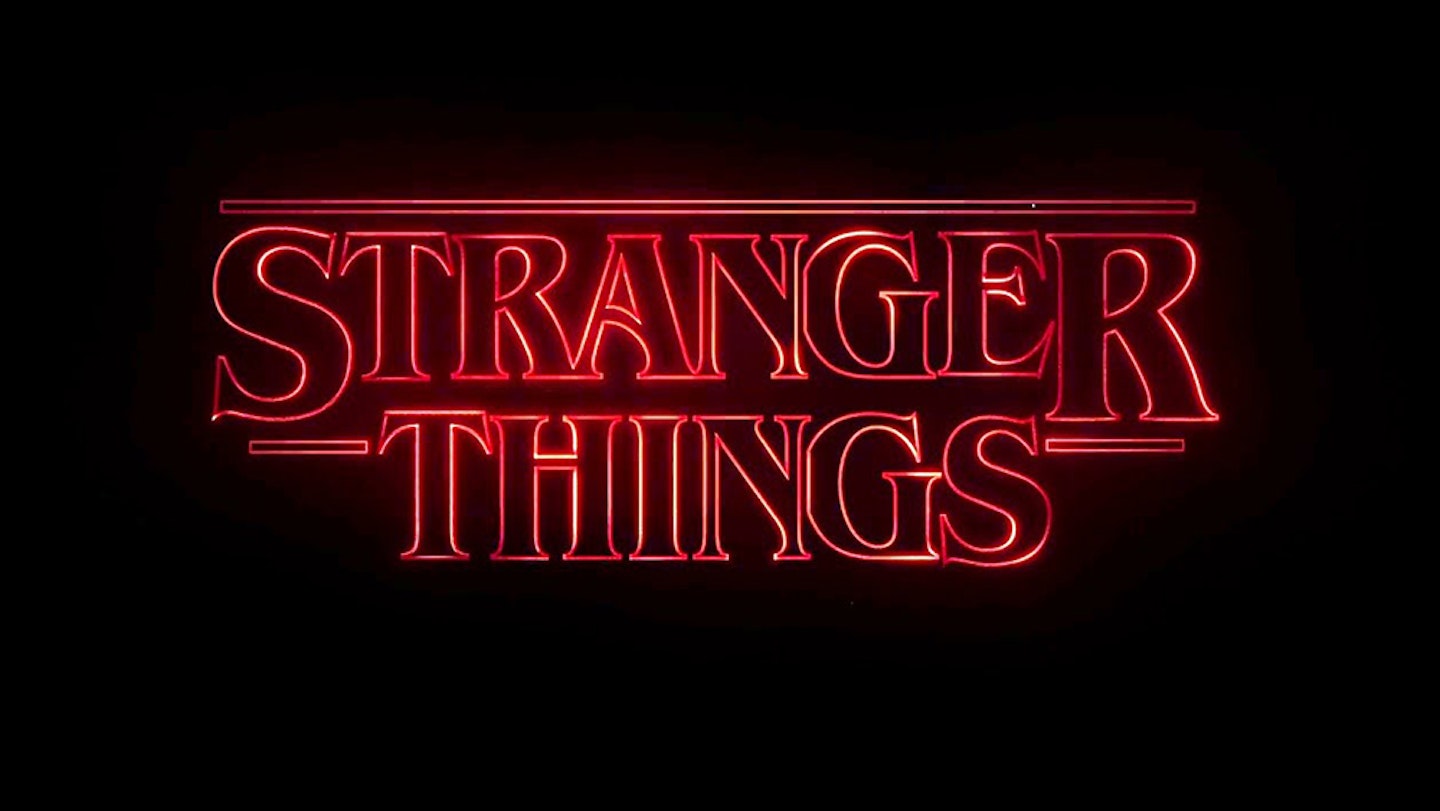
Matt: When we were developing the title sequence, I think we sent 30 paperback covers to the people who were making the title sequence. I think 20 of them were Stephen King. We made a little notebook to help sell the show when we were pitching it and the cover of it was aesthetically modelled after a Stephen King book. I think we literally took the Firestarter paperback and put a picture of a bike on an empty road.
Ross: Obviously Spielberg's getting thrown around a lot and that's great, but also it's exciting that this is Netflix and not a movie, and that's why we put the chapter title cards on every episode. We wanted it to feel like you're sitting down and reading this big fat Stephen King book and that was exciting to us. Because this is something sprawling, we can tell this story over a much longer period of time than two hours. So inherently it's going to have a different texture and taste to it than, say, a Spielberg movie or what not, so that works for the Stephen King references that are coming in.
This show wants to scare you
Matt: When we were growing up, some of those Amblin films, those Spielberg movies, led to the creation of the PG-13 rating because he was pushing it so dark and he upset a lot of parents. I liked that, though. I think that that's good and healthy and great and some of our favourite experiences growing up were having the shit scared out of us. As we get further into the show, especially when you get into the final episode, it ratchets up a notch. But by then you've already got the kids watching, so then we can scare the shit out of them. Then the parents can get mad.
Stranger Things is about suspense, not gore
Matt: There are a few small instances where we pulled back on the violence. But, even when you talk about a movie like Halloween, these are movies that are much more about mood and atmosphere and suspense and dread than they are about gore. That was what we were more interested in: the dread and eeriness. So we didn't feel like we had to restrain ourselves in this instance to the TV-14 rating area. We basically wrote whatever we wanted.
Ross: There obviously are moments where we wanted it to be scary. I mean, when we were young, our favourite thing was being scared and being pushed a little bit, watching things that maybe we were a little too young [to be watching], and those are some of our favourite experiences.
Often it’s scarier when stuff is weird and when you don’t fully understand the motive.
There are Witness and Jaws references that you almost definitely won’t catch
Ross: We love Peter Weir, and there’s a scene (in Episode 2) that reminded us of a scene in Witness. So we kind of modelled the shooting and the editing style and the music after that scene in Witness. If anyone picks that up, they're awesome. There's also little stuff – which is in the latest trailer – like when Hopper types in 'missing' on the police report. That frame is pretty identical to the frame when Brody types in 'shark attack' in Jaws. There's little stuff like that but we try not to be too acute about it. We do it every once in a while because we couldn't help ourselves.
There be monster(s)
Matt: One of the things we were really excited about is that we wanted to build the monster and we did. There was a company called Spectral Motion that did a lot of stuff for Guillermo del Toro. The monsters and creatures were always scarier when they felt very real and tangible, and there’s something about CG that lessens the impact of it. Often it’s scarier when stuff is weird and when you don’t fully understand the motive. Pennywise in IT is very weird. This is nothing like Pennywise, but we wanted to sort of create that strangeness. The ambiguity around it is very much purposeful.
The Duffer Brothers shot on 'RED Dragon' film
Matt: We shot on the RED Dragon [camera] and we then added film grain that was scanned from 80s film stock on top, which is cool.
Ross: In college, even, we shot on film. It's always hard to know nowadays if it's just nostalgia. I don't think it is, I think film still looks a lot better with the depth of it and a texture to it. It's a dying art. We are very happy with how it looks. We did our best to replicate our preferred aesthetic which is a film look; that’s what we were going for.
The kids are alright
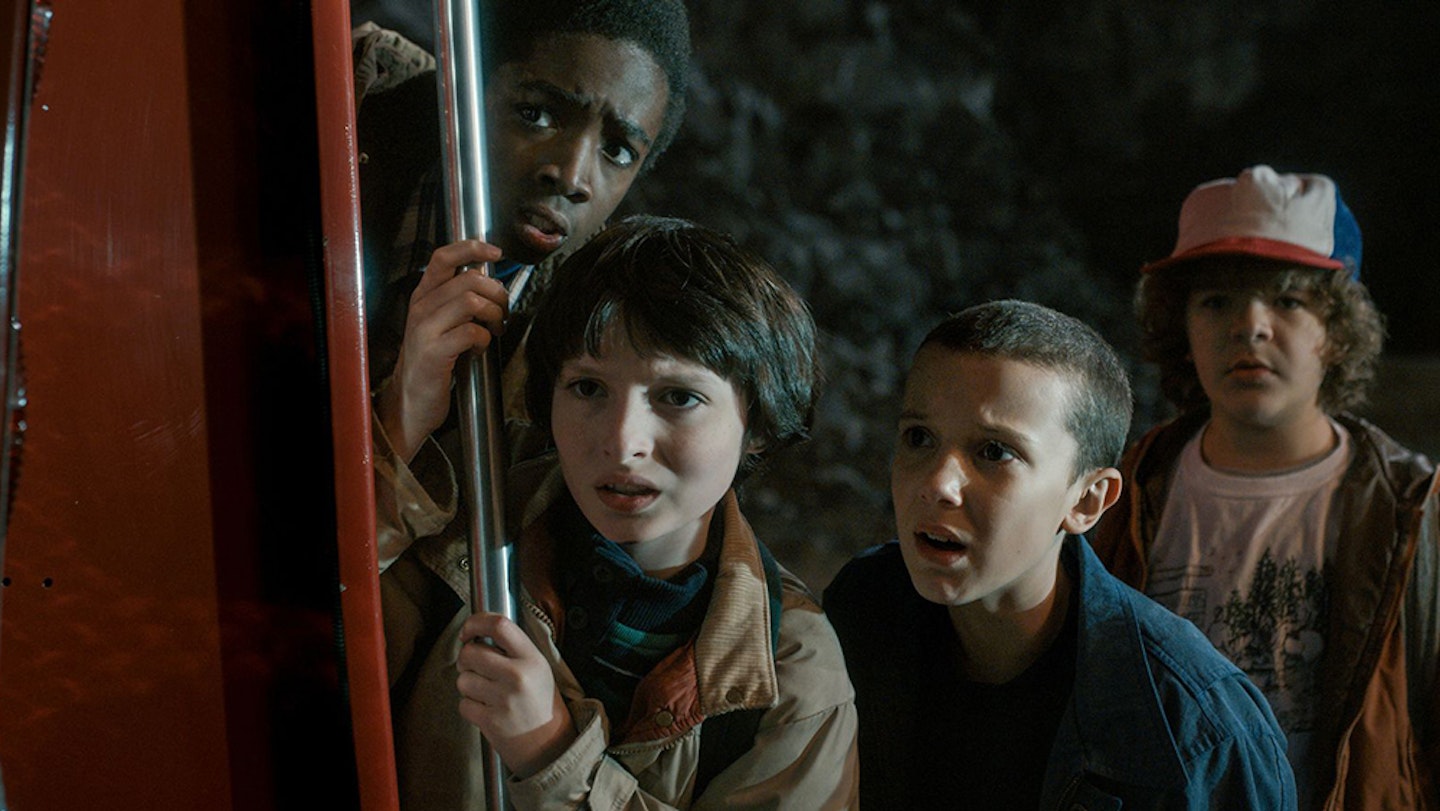
Ross: There's nothing worse or more grating than a bad child actor performance. That will kill anything, so we knew they would make or break the show. And so for us, the minute Netflix greenlit the show, we started casting. We saw hundreds and hundreds and hundreds of kids and there's so few that can give you a good performance without having to do ten takes. And the bottom line is we found four kids that we thought could do that. There was honestly no one else that we found.
Mum’s the word
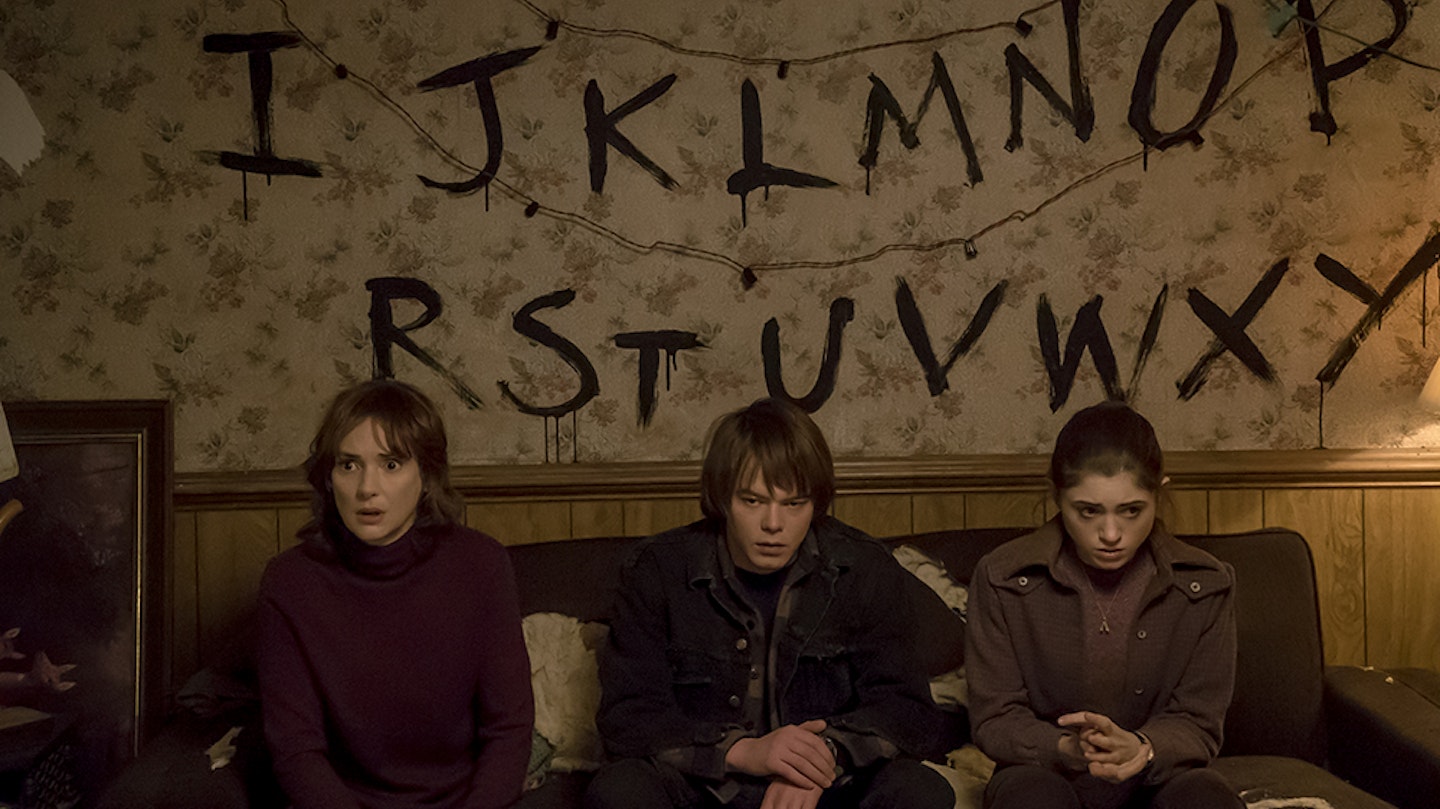
Ross: Winona plays Joyce who is the mother of the missing boy, so she's dealing with the grief and the guilt that you would in a typical missing child drama. But at the same time she is encountering what seems to be paranormal activity that's interconnected with her son – it seems almost like her son is reaching out to her. We talked a lot about Richard Dreyfuss in Close Encounters, because for much of the show Winona is entirely on her own and to the outside world she seems absolutely bonkers. So what she's going through is very real and she continues to believe in it and takes that trip down that rabbit hole.
Dr Martin Brenner (Matthew Modine) was the hardest role to write
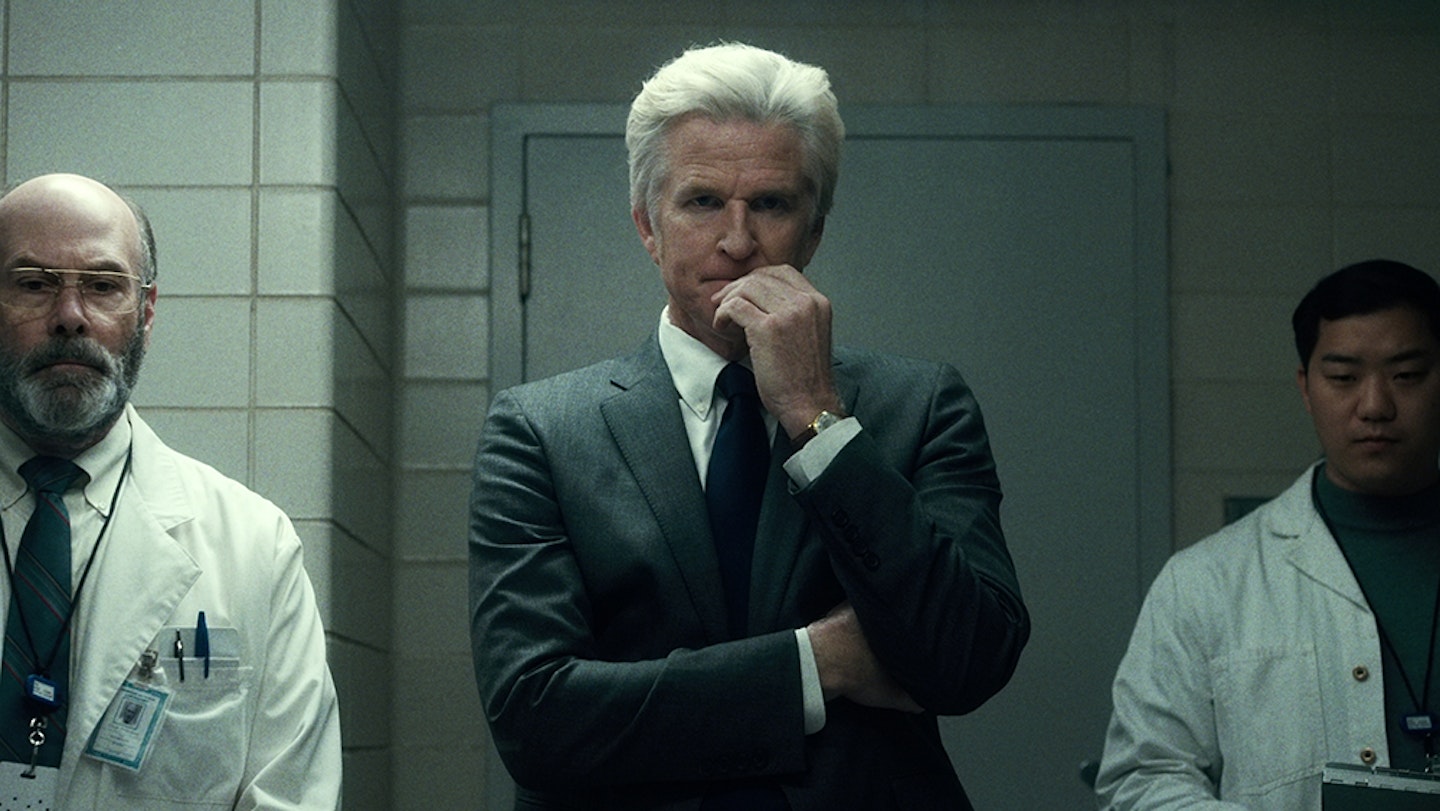
Matt: When we cut to him as little as we do and give him so little dialogue, how do you make him an interesting character? That’s a character who we didn’t really figure out until we started working with Matthew. And he brought a lot himself. He informed it, and I’m really happy with where we wound up with him at the end, with something that was discovered during the course of shooting, really.
Ross: When we started casting these people we didn’t have a script written, and honestly that was extremely helpful. There’s mystery [with Dr Brenner]. We wanted that presence of someone mysterious and dark and sort of manipulating things behind-the-scenes. So I think it was a balancing act for us of, ‘how much of that line do we show?’.
The Duffers think Season 2 would be like Harry Potter (sort of)

Matt: We’ve been talking about Harry Potter, even though it's weird to compare it, but I like that you're revisiting these characters and these kids and watching them grow up on a year-to-year basis. As long as we feel like there's still a mythology to explore [we’d do a second season]. Without giving anything away, when you open the door to alternate dimensions, there’s a lot you can do. We’re not really boxed in!
A second season would explore the show’s mythology in more depth
Matt: We wanted [Season 1] to feel like, 'okay, Will goes missing...', and to resolve that tension by the end of [the season]. We didn't want to do The Killing thing or the Homeland thing where you stretch one storyline out. There’s a mythology in terms of the evil that’s happening in the town that we dip our toes into this season, but it isn’t actually explored: it’s only scratching the surface of what this thing is. There's a lot at the end and I hope it's more mysterious than it is frustrating. So we're leaving that door open if people like the show and Netflix want to do another season. It works as a full experience; as one big movie. Season 2 would function almost more like a sequel than it would ‘Season 2’.
The Duffer Brothers are happy for you to binge Stranger Things in one sitting
Ross: I mean, listen, I hope someone does it. I haven't even done it so I hope it works!
Stranger Things hits Netflix on Friday July 15.
Read our review of Season 1 here.
